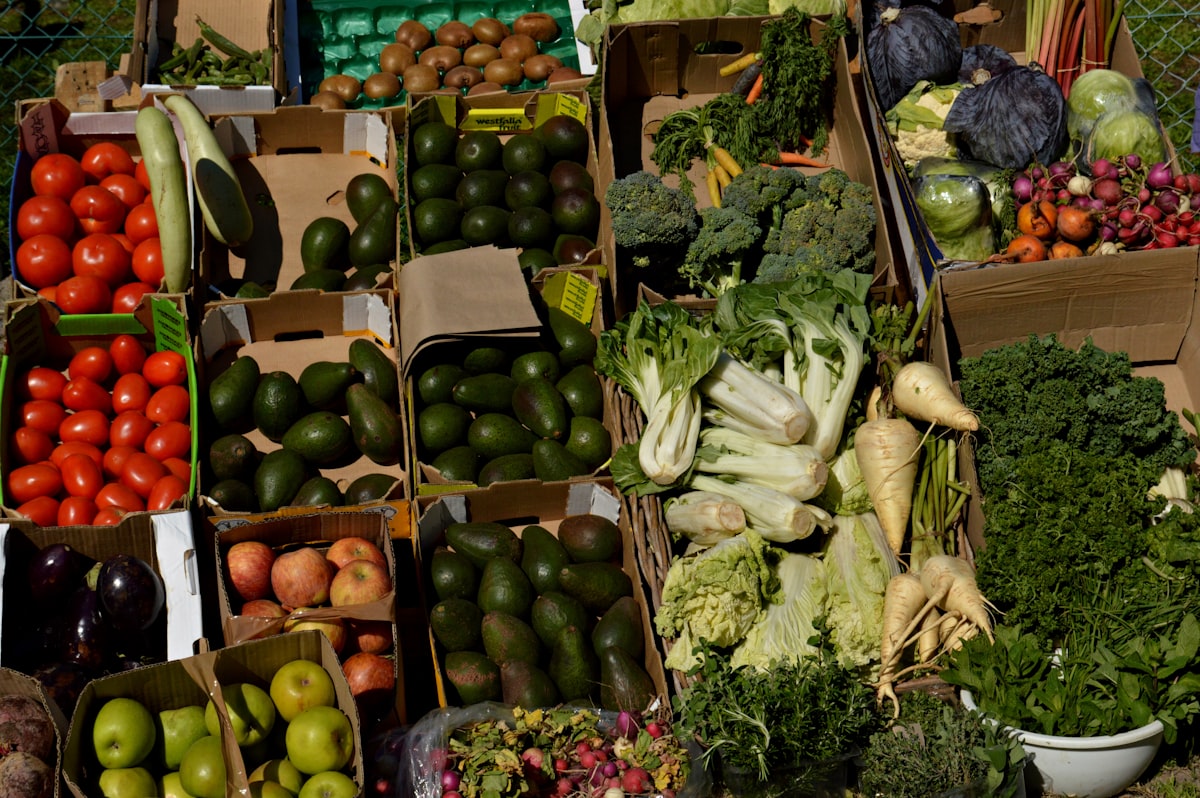The Looming African Food Crisis: Inflation and Starvation

In many regions of both developing and developed Africa, the food production and distribution inflation has been impacting markets throughout the continent. In a time and place where food shortages, famine, and overall stability issues have been a constant threat to the lives of millions, this newest wave of economic and social damage continues to lay issues at the feet of governments and people struggling to find a solution. Many of these countries themselves rely on outside food production that is imported to sustain their populations, and when that is disrupted on a global scale this can be devasting. Further than this international food disruption also hurts the ability of NGOs to help aid these countries cutting supplies even lower.
In Egypt according to CAPMAS (Central Agency for Public Mobilization and Statistics which is the central statistic and data analysis branch of the government) indicated that this February the consumer good inflation reached 8.8%, compared to 4.9% the same time last year. This has been mostly attributed to the to the inflation of food prices that has occurred due to the conflict in the Ukraine. In a previous article we had found that this issue presented itself at a global level but looking closer at countries that are already struggling these numbers if continued could reach catastrophic consequences if not monitored appropriately.
In many places that have historically been unstable and impoverished or in conflict zones the famine has been already in full swing, but these current issues are breaking the economy and food stability even more. According to the UN news outlet, the nations of West Africa have seen their population suffering from food insecurity rise from 3.6 to 10.5 million in the last three years contributed largely to Covid, instability, and the rising food costs. Those currently in food insecurity could easily see their lives slipping into a full-blown famine by the end of this year without the proper resources to combat this issue. This devastatingly high number seems to continue running away from authorities as outside conflicts and inside instability impede the efforts of NGOs and governments to tackle the problem head on.
One of the reasons as mentioned before is the crisis in Ukraine that is driving up prices from countries who rely on both Russian and Ukrainian grain and oil supply. The conflict itself is not only limiting or eliminating the scale of the exports but is also driving up prices through the roof in countries that already have low wages and high costs. These trends have begun to threaten to push more people to famine levels that had recently been saved by UN intervention only to again find themselves in need. This is not the end either as the conflict in Ukraine is going to interrupt if not completely devastate the harvesting and export season of both countries involved, which could see the already drained reserves run completely dry. If this was to happen no intervention could save these countries as aid organizations would be deprived of the necessary means to solve these issues further collapsing the food market. Resolving the ongoing conflicts will not be a permanent solution to this problem either as the countries that have been hit the hardest are looking at potential permanent issues with food intakes with what has become available to them.


